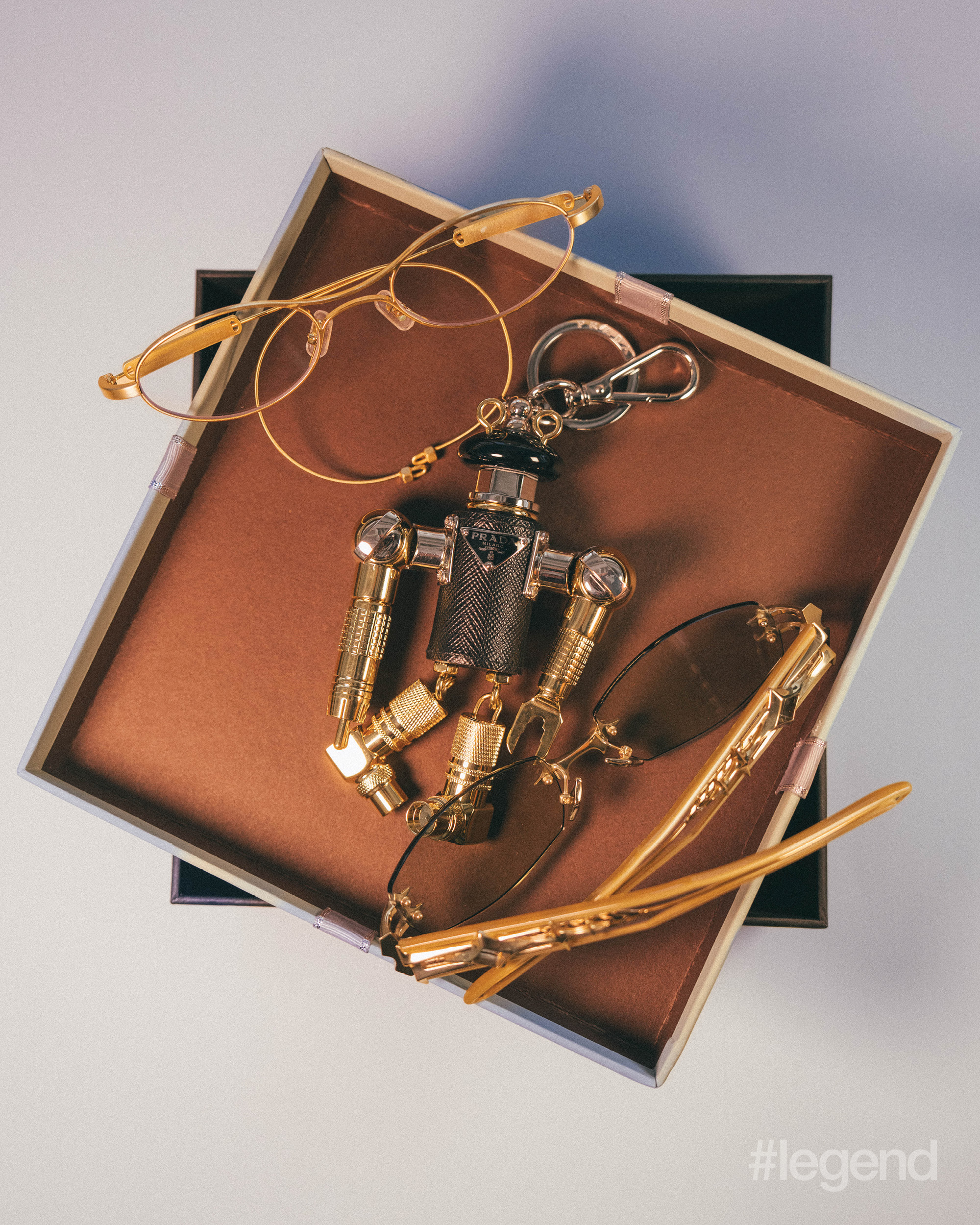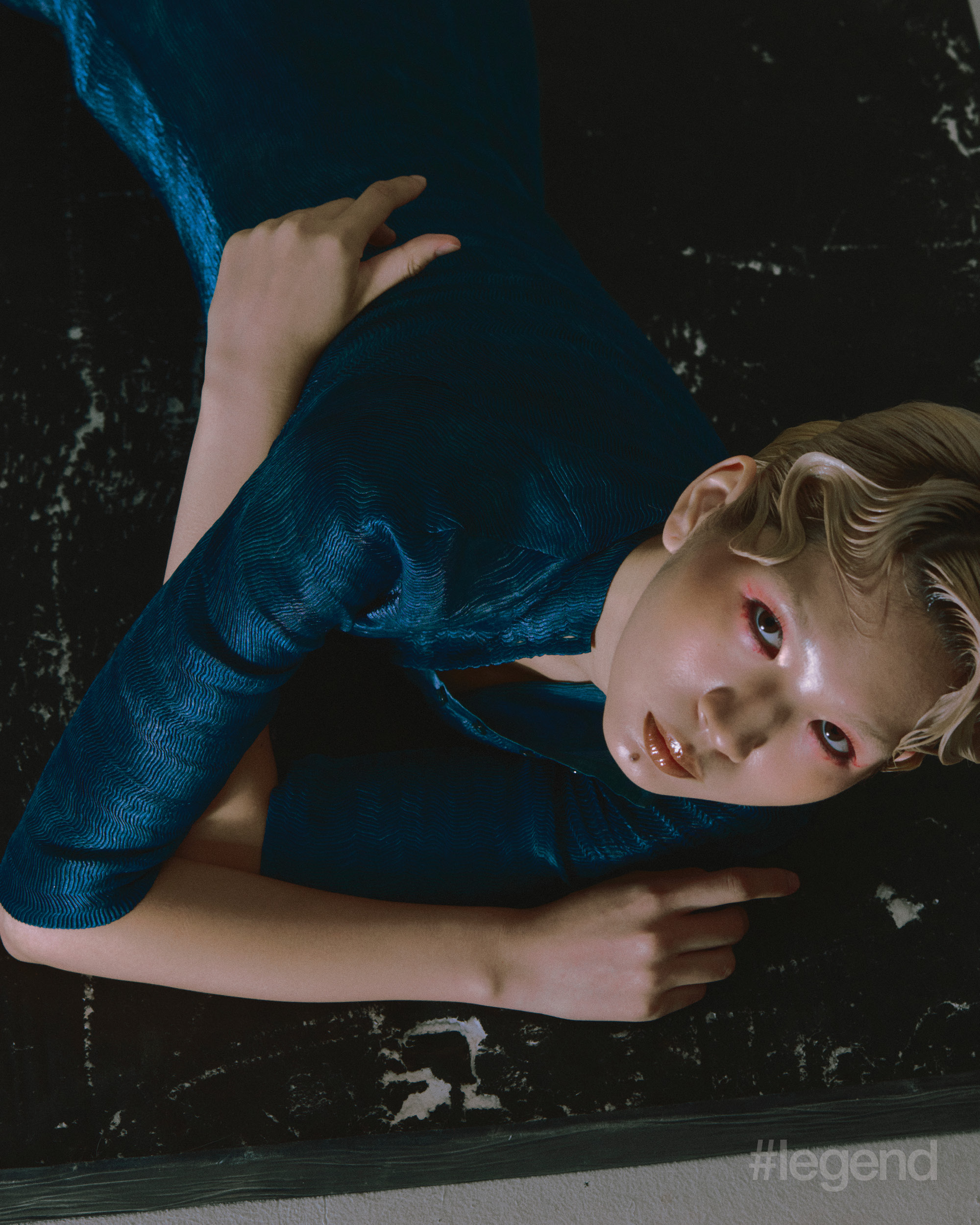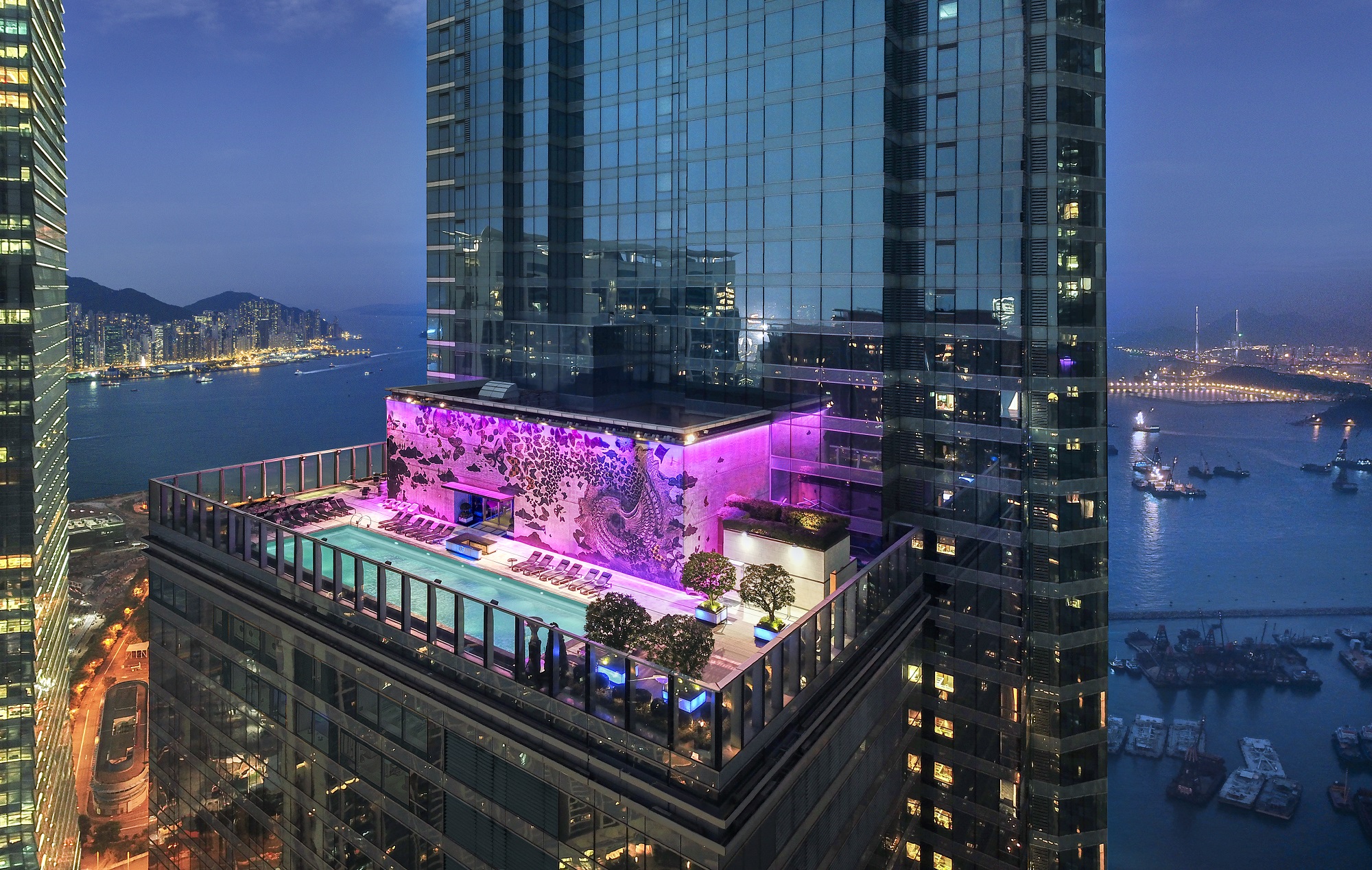From lonely childhood to international success, Lauren Tsai‘s journey through art, animation, and acting reveals a unique creative vision. This creative maverick tells Hill Choi Lee all about how different mediums allow her to fully express her introverted self
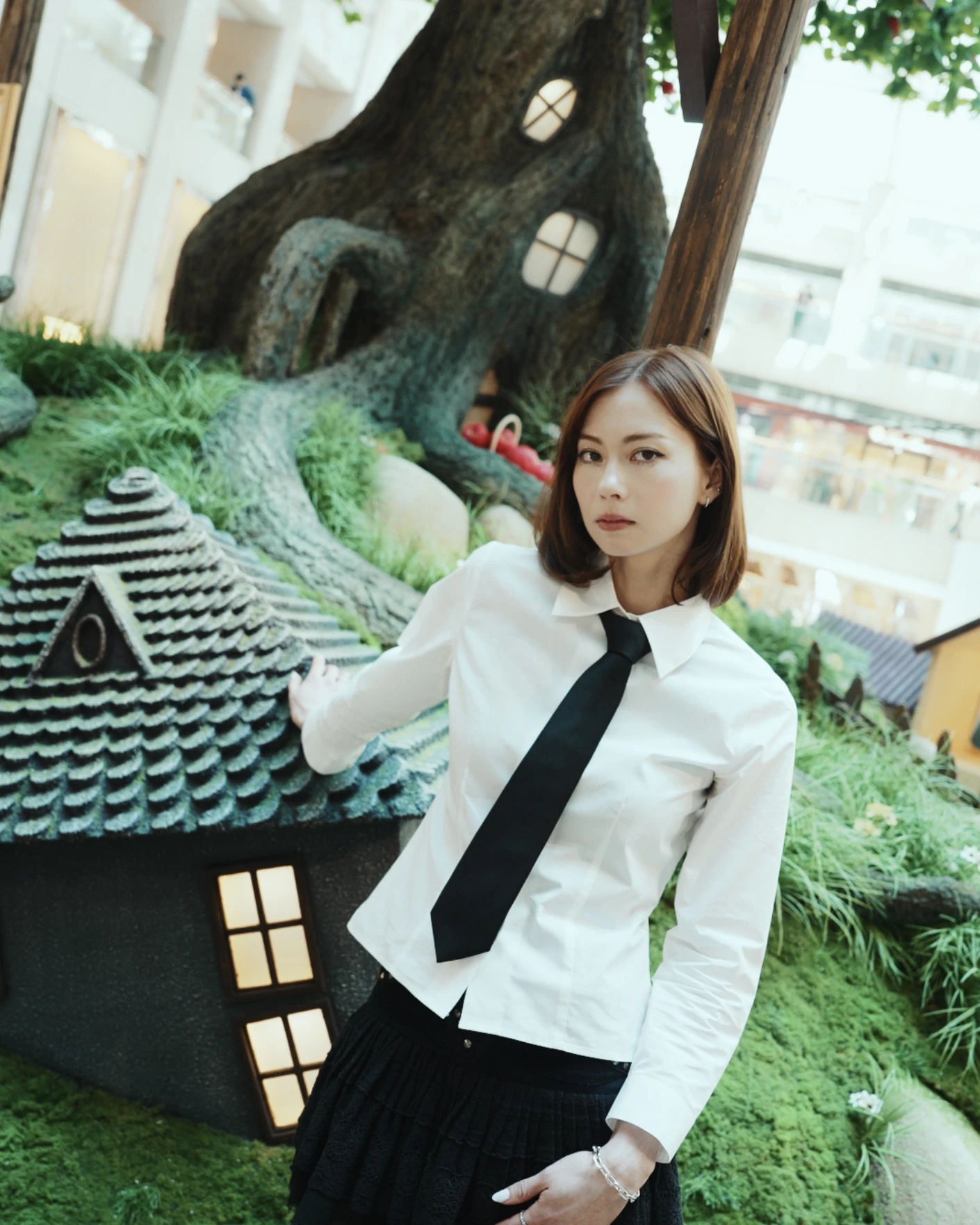
When Lauren Tsai arrived in Hong Kong in March for art month, she’s been working on her installation, commissioned by The Landmark in Hong Kong, from 10 pm to 4 am each night. Despite the late hours, she appeared energised.
Tsai, 27, is an American visual artist, model and actress whose career trajectory reflects the increasingly fluid boundaries between art, fashion and entertainment. Born in Wellesley, Massachusetts and having lived in Honolulu, Tsai later moved to Tokyo to pursue a career in modelling and art. Her upbringing later proved formative in her multicultural outlook and creative pursuits.
Her reserved manner and artistic sensibility distinguished her from her peers, and upon leaving the show, she quickly found herself in demand by fashion houses and brands in Japan and beyond. Assignments with the likes of Nike, Marc Jacobs, Dolce & Gabbana and Adidas followed, as did collaborations with Starbucks and other global brands.
She first gained international attention as a teenager on the Japanese reality series “Terrace House: Aloha State,” a programme that, while ostensibly focused on the quotidian lives of young adults, served as an unexpected launchpad for her modelling and artistic ambitions.
But it is in the realm of visual art that Tsai has perhaps made her most indelible mark. Her illustrations, often described as surreal, introspective and tinged with the fantastical, have been collected in volumes such as “It’s All For You” and have graced as variant covers of Marvel Comics titles including “West Coast Avengers” and “Captain Marvel”. Her work, influenced by filmmakers like Hayao Miyazaki and Tim Burton, explores themes of memory, identity and the porous boundary between reality and imagination.

“I was born in Massachusetts, so I have this childhood filled with American, suburban imagery. Around age 11, I became influenced by Asian art and animation. The two have merged over time,” Tsai explains. Her mixed heritage – half Chinese, half white – has shaped her artistic perspective.
Tsai’s early exposure to Asian animation wasn’t easy. She recalls spending hours online, searching for niche animated projects with English subtitles.
“Things were less accessible back then. There was an air of it being special and almost secretive,” she says.
This secretive nature of her interests stemmed from a period of personal upheaval. Tsai’s parents were divorcing, and she had moved from Massachusetts to Hawaii.
“I was lonely as a kid. When I found these animated films, I was going through a lot of change in my family,” Tsai reveals.
She spent much of her time on the internet, rarely venturing outside. Her passion for animation became a private world she hesitated to share.
“I didn’t know if there was a community out there that loved the same things as me,” she says.
Tsai’s Landmark art installation reflects this blend of influences. Once again, it incorporated elements reminiscent of Studio Ghibli, Disney and Tim Burton.
The installation explored how childhood media consumption affects memory. She aimed to present real-life childhood imagery through an animated, fantastical lens. However, creating art for public spaces presented new challenges. The artist had to subdue the dark undertones typical of her work. “You have to consider all the types of people who will see it,” she explains. “This has pushed me to find a way to integrate dark elements less obviously.”
Her original proposal for the installation was “intense”. Tsai had to adapt her vision to meet various constraints – the physical, time-related, and budgetary.
The result is a collaboration between her ideas and real-world limitations. Her artistic process involves a balance between public sharing and private creation. She estimates 90 per cent of her work remains unseen.
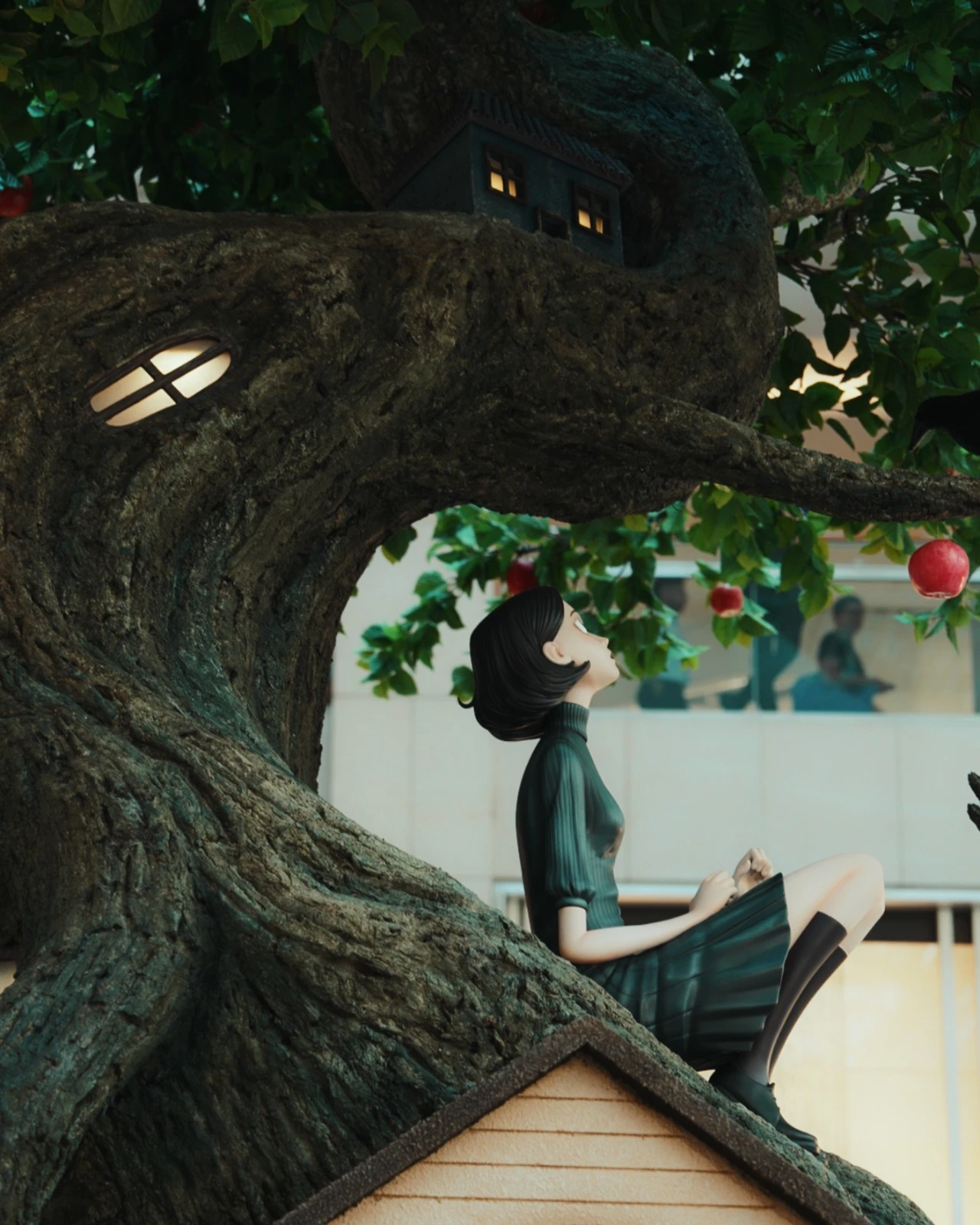
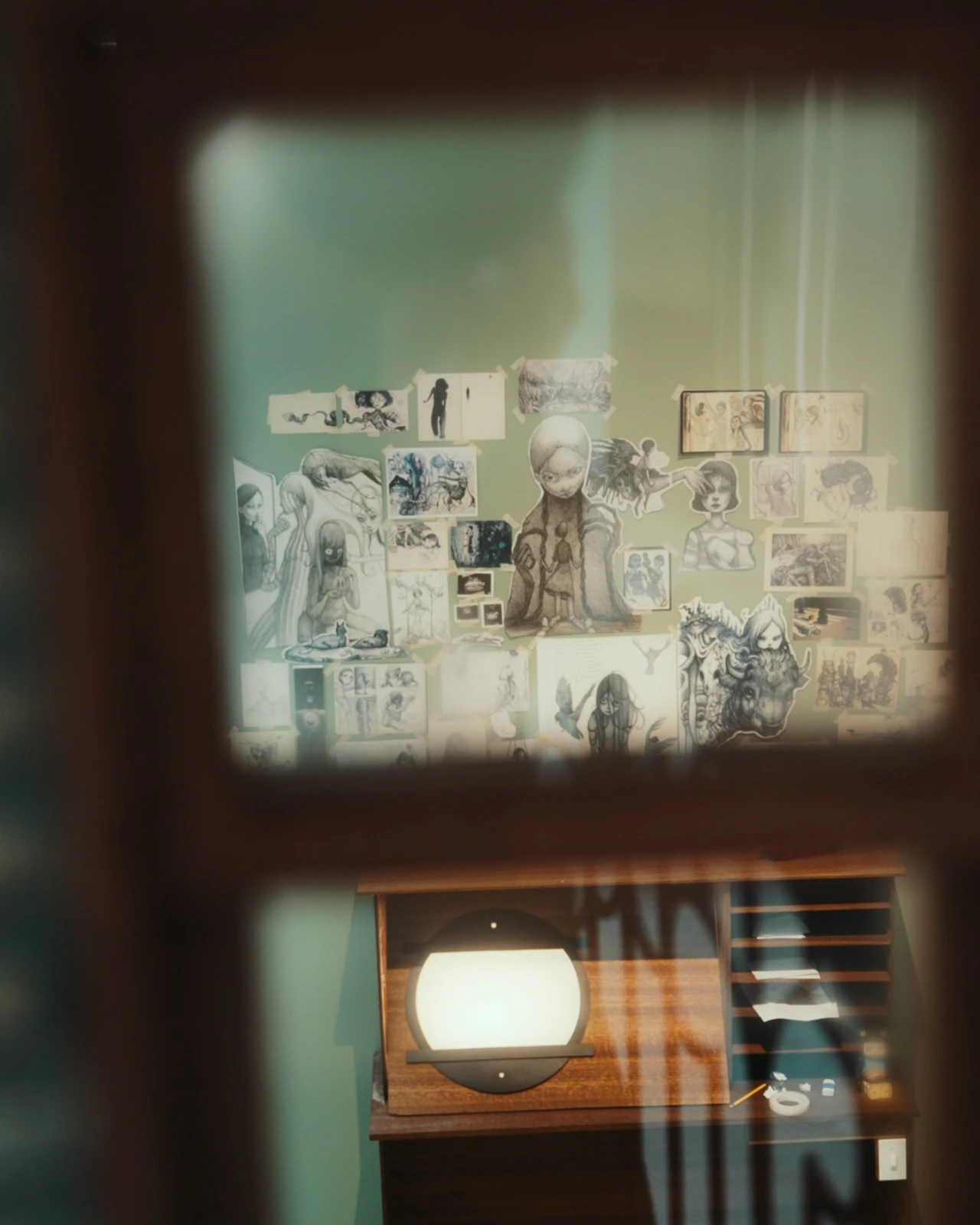
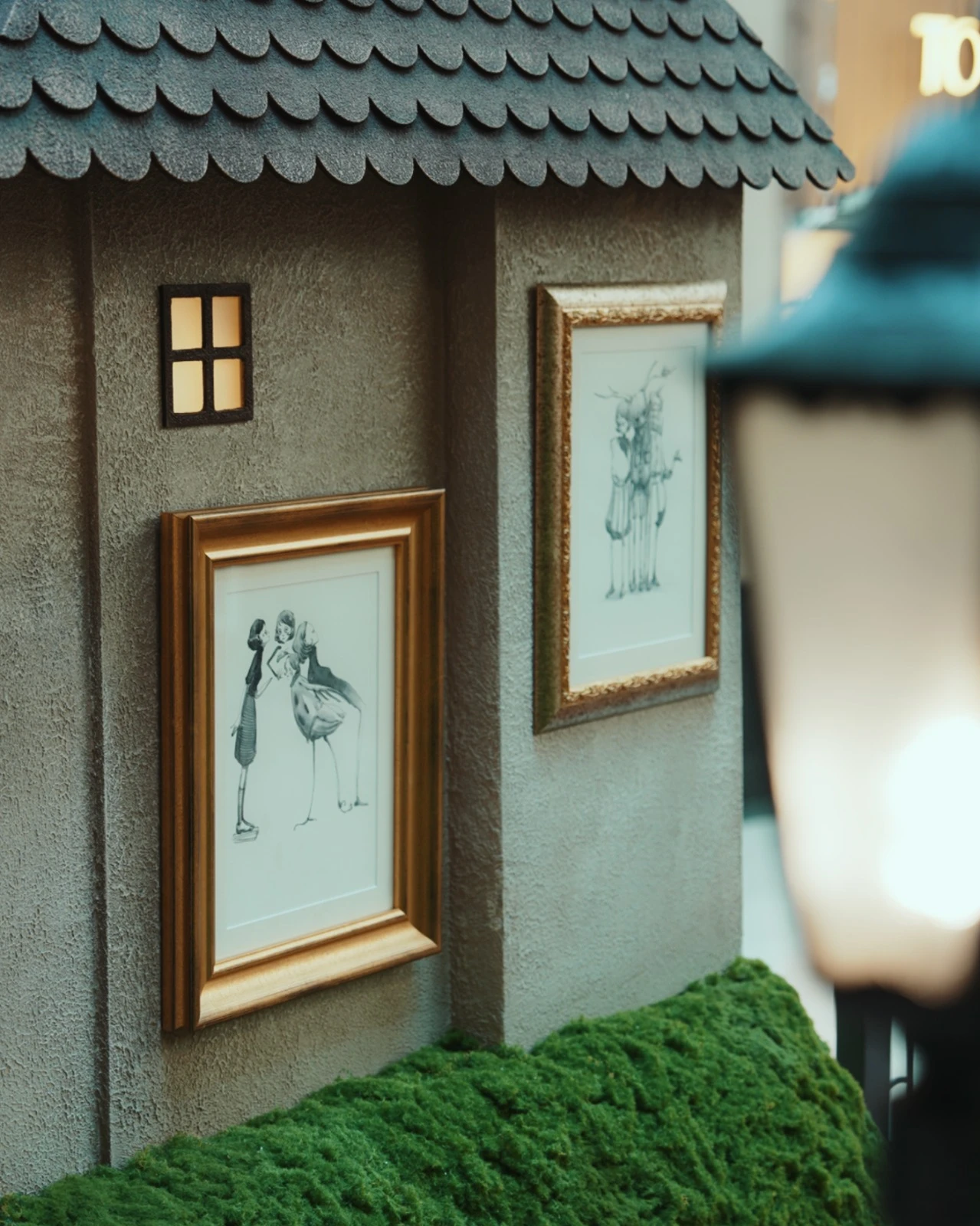
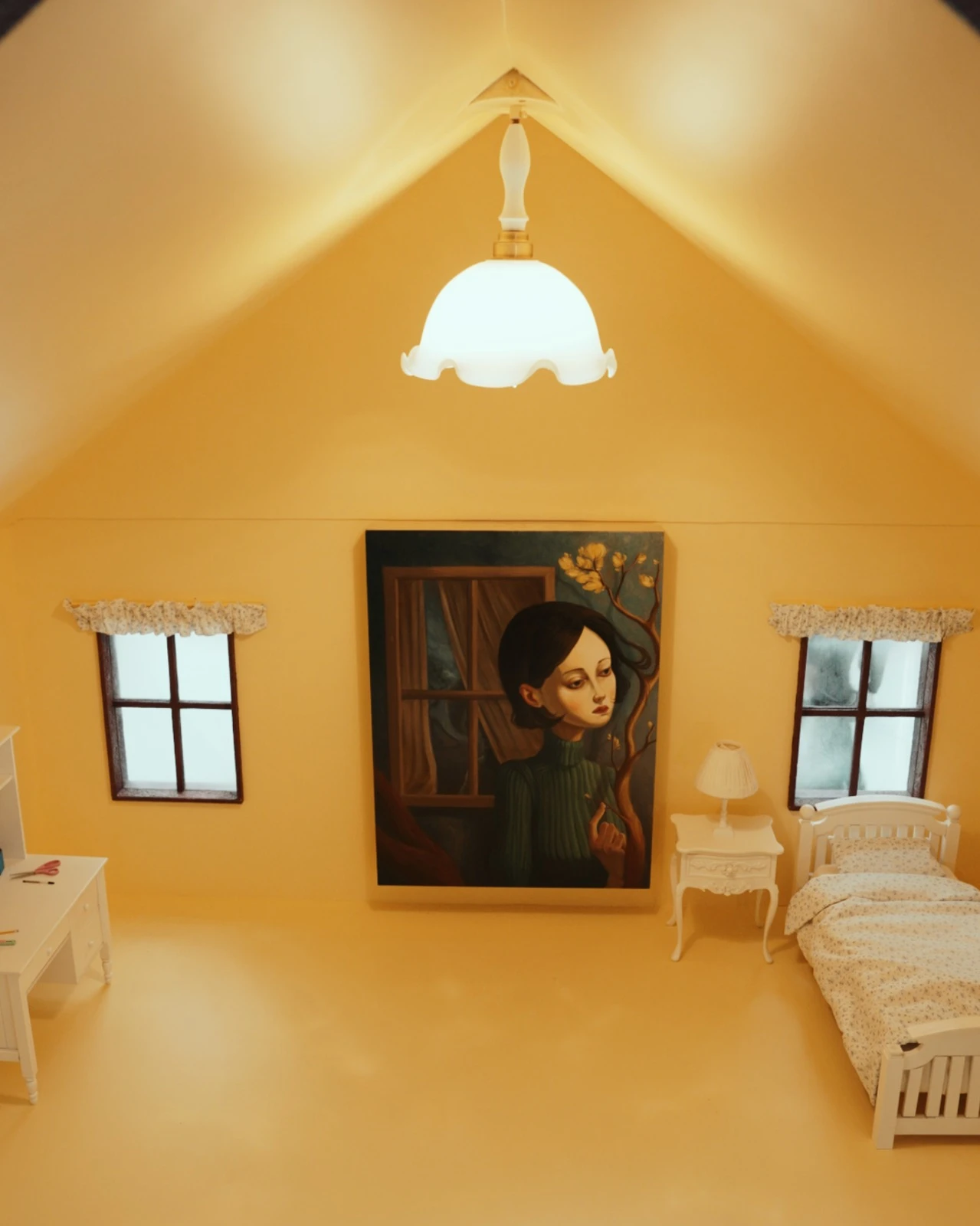
“As an artist nowadays, there’s pressure to put things out constantly. Yet an idea needs time to develop,” she says. As an artist, Tsai believes in waiting until she’s ready to share something important. She emphasises the importance of aligning various life factors – health, family, finances – before taking on a project.
This approach extends to her career choices. Tsai turns down most opportunities, even lucrative ones, if they compromise her values.
“I’m a strong believer that you need to say what you want to say with your work,” she states.
It was the early exposure to public attention that shaped her approach to creativity. She’s learned to delineate between personal development and public presentation.
And when her career expanded beyond visual art, she ventured into modelling and acting. Her latest project is a comedy series with Steve Carell. She is still in awe of this development, and her timid demeanour (for which she was often known) blossomed into a moment of unguarded joy reflected on her face. It shows that for Tsai, who is still in her twenties, her accomplishments still baffle her.
This move into acting might seem contradictory for someone who spent much time “hiding behind characters online”. But Tsai sees it as an extension of her creative expression.
“I feel safe to perform and express when it’s not fully me,” she explains.
Tsai’s installation featured a recurring character from her work. The piece explored scale and memory, inspired by 19th-century travelling puppet shows.
“When you’re experiencing something like a puppet show or seeing miniatures, you can’t help but see them as larger in your memory,” Tsai observes.
The installation aims to create a space where this character is “constantly [in] metamorphosis and be filled with endless potential”. It also left room for interpretation. Tsai intentionally included elements that don’t quite make sense, such as inconsistent scale between houses.
“I wanted to share how these other worlds, when we look back, are the same as a memory. Everything in hindsight is equal when we recollect it,” she explains.
The creation of the installation involved collaboration across countries and time zones. The artist/model/actress worked with a designer in New York, creating 3D renderings that were then passed to other teams.
“It’s something possible nowadays because of technological advances,” Tsai notes. She sees the project as a celebration of current possibilities in art creation and presentation.
For Tsai, this work represented the spirit of wonder she felt as a child encountering fantastical worlds created by other artists.
“I want to carry forward the kind of wonder I felt when I was younger, from past artists and creators who tried to put forth fantastical worlds for other people to escape into,” she says.
Each project she takes on, she emphasises the importance of craft and time. She resists shortcuts, preferring to honour traditional processes while exploring new ways for people to experience stories.
As the interview concludes, Tsai reflects on the incredible feat when creative projects come to fruition. Her experiences in Tokyo, LA, and the film and TV industry have shown her the rarity of projects moving from concept to reality.
“It’s truly a miracle when something can happen, like when a film gets greenlit and goes to production, or a project like this gets made,” she says.
Tsai’s journey from a lonely child finding solace in animation to an artist creating immersive installations demonstrates the power of perseverance and vision. Her work continues to bridge worlds – past and present, real and imagined – inviting viewers to explore the landscapes of memory and possibility.
Also see: #interview: The unconventional rise of Changmo – a story of identity and musical evolution


